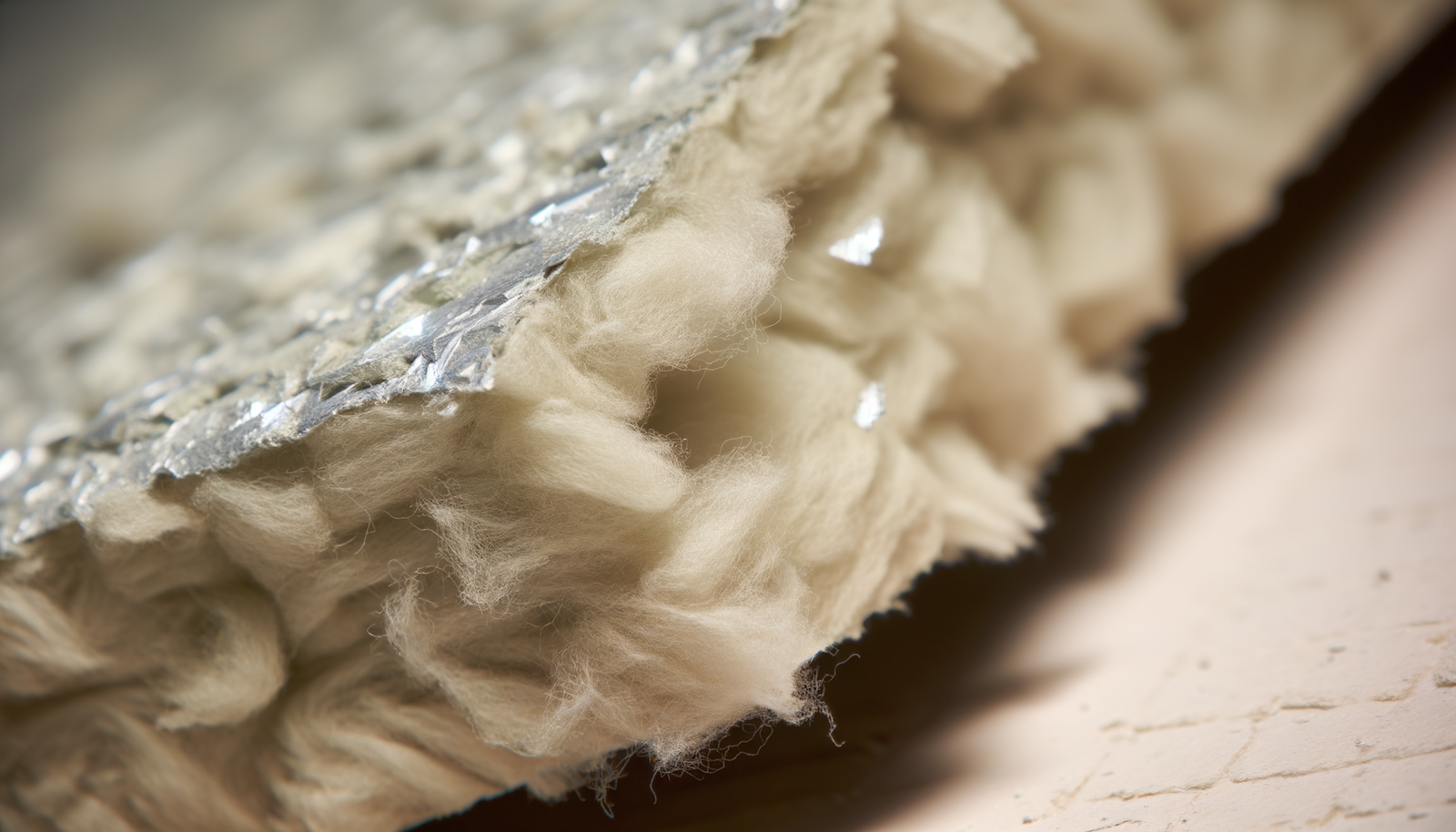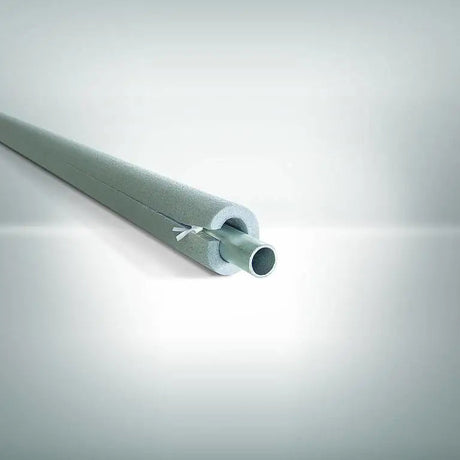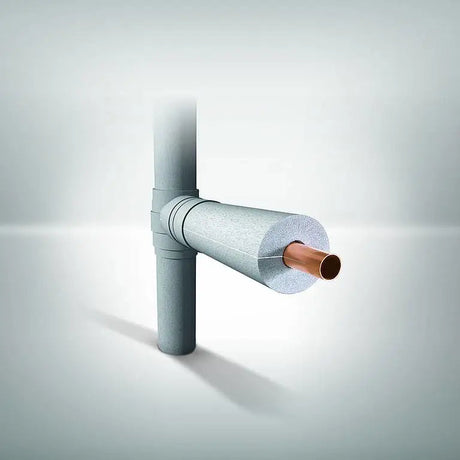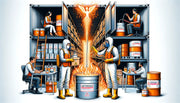In the world of commercial and industrial insulation, choosing the right material can make a big difference in energy efficiency, cost, and safety. Among the many options available, mineral wool and fiberglass are two of the most common choices. Each has its advocates and detractors, leading to heated debates on forums and in meetings across the construction and renovation industries. So, the big question is: Is mineral wool better than fiberglass for insulation? Let's dive into the details, compare the two, and uncover the truth behind their performance, cost, and safety implications.
Mineral wool and fiberglass are both popular for their insulating properties, but they come from different materials and manufacturing processes. This difference influences their performance in various applications. By understanding the pros and cons of each, you can make an informed decision that best suits your project's needs.
Comparing Mineral Wool and Fiberglass Insulation
When debating whether mineral wool is better than fiberglass, it's essential to compare their key characteristics:
| Feature | Mineral Wool | Fiberglass |
|---|---|---|
| Material Origin | Made from rock or slag | Made from fine fibers of glass |
| Thermal Conductivity | Typically lower thermal conductivity, meaning better insulating capability | Slightly higher thermal conductivity |
| Water Resistance | More resistant to water and moisture | Less resistant to water, can absorb moisture |
| Fire Resistance | Higher fire resistance and can withstand higher temperatures | Lower fire resistance compared to mineral wool |
| Ease of Installation | Considered more rigid and can be more challenging to cut and fit | Flexible and easy to cut and manipulate into awkward spaces |
| Cost | Generally more expensive than fiberglass | More cost-effective |
Performance and Application
In terms of performance, mineral wool has a slight edge over fiberglass, mainly due to its lower thermal conductivity. This means it's often more effective at retaining heat or cold, making it a superb choice for thermal insulation in a variety of climates. Its higher resistance to fire and water also adds to its appeal, especially in industrial environments where these risks might be more prevalent.
However, fiberglass shouldn't be discounted. Its ease of installation and cost-effectiveness make it a practical choice for many applications. It's particularly suitable for residential settings or projects where budget constraints are a priority.
Health and Safety Implications
When handling any insulation material, wearing proper safety gear is crucial to avoid irritation or more serious health issues. Both mineral wool and fiberglass can release small fibers that can irritate the skin, eyes, and respiratory system. However, today's products often come with safer, less irritant formulas.
Mineral wool's higher fire resistance offers added safety benefits, making it a favored choice in industries where fire hazards are a concern. For those looking for polyurethane insulation, options like the Handi-Foam A+B Set and Spray Foam Kit QR Polyurethane Dupont Dow Froth-Pak offer excellent fire-rated alternatives.
Cost Consideration
While mineral wool typically comes with a higher price tag, its durability and performance can lead to long-term savings on energy bills, potentially offsetting the initial cost. Fiberglass, being more budget-friendly, can be an attractive option for those looking to keep initial costs down.
Conclusion
Deciding whether mineral wool is better than fiberglass comes down to weighing the pros and cons in the context of your specific project requirements. Consider factors like performance needs, budget, and safety implications. For those interested in exploring polyurethane insulation solutions, options like the Froth-Pak Spray Foam Nozzles and the Spray Foam GHA15 GHA9 Gun Hose Assembly offer effective alternatives. Remember, the best insulation choice is one that aligns with your project's goals, ensuring energy efficiency, cost-effectiveness, and safety.
FAQ on Mineral Wool vs. Fiberglass Insulation
Is mineral wool insulation more expensive than fiberglass?
Yes, mineral wool generally comes with a higher price tag compared to fiberglass insulation. The increased cost is often justified by its superior fire resistance, lower thermal conductivity, and better water resistance, potentially offering long-term savings on energy costs.
Can fiberglass insulation be safely installed in all areas of a home or building?
Fiberglass insulation is versatile and can be safely installed in many areas of a home or building, including walls, attics, and basements. However, proper safety gear should be worn during installation to avoid irritation from the tiny glass fibers.
Is mineral wool better for soundproofing than fiberglass?
Mineral wool typically offers better soundproofing capabilities compared to fiberglass due to its denser structure. This makes it a popular choice for projects where noise reduction is a priority.
How do mineral wool and fiberglass compare in terms of environmental impact?
Both mineral wool and fiberglass have environmental considerations. Mineral wool is often praised for its sustainability, made from natural or recycled materials, and being highly durable. Fiberglass, on the other hand, is made from plentiful sand and recycled glass, but concerns about its production process and disposal exist. Both materials offer energy-saving benefits that contribute to their overall environmental impact.
Can fiberglass insulation absorb moisture?
Yes, fiberglass insulation can absorb moisture, which can decrease its insulating effectiveness and potentially lead to mold or mildew growth. It's less water-resistant compared to mineral wool, making it important to ensure proper vapor barriers are in place when using fiberglass in moisture-prone areas.
Does mineral wool pose any health risks during installation?
Like fiberglass, mineral wool fibers can cause irritation to the skin, eyes, and respiratory system if proper safety precautions are not taken. It is recommended to wear protective gear, such as gloves, masks, and goggles, during installation. Today's mineral wool products often feature less irritant fibers, making them safer to handle.
Are there fire-resistant options available for those interested in polyurethane insulation as an alternative?
Yes, there are fire-resistant options available for those considering polyurethane insulation. Products like the Handi-Foam A+B Set and Spray Foam Kit QR Polyurethane Dupont Dow Froth-Pak offer excellent fire-rated alternatives, combining the benefits of polyurethane insulation with added safety against fire.
























































